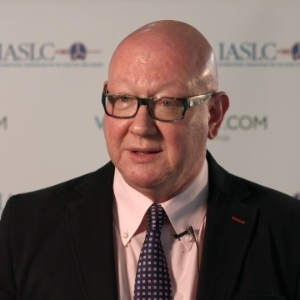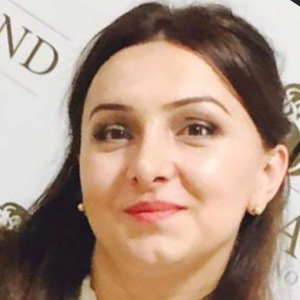Connective Tissue Disorders encompass a diverse group of conditions that affect the body's connective tissues, including skin, joints, blood vessels, and organs. These disorders can be genetic or acquired and often involve abnormalities in the structure or function of collagen, elastin, or other components of the connective tissue matrix. One of the most well-known connective tissue disorders is Ehlers-Danlos syndrome, characterized by hypermobility of joints, skin hyperextensibility, and tissue fragility. Another example is Marfan syndrome, which affects the connective tissue in the heart, blood vessels, and skeletal system, leading to features such as tall stature, long limbs, and cardiovascular complications. Systemic lupus erythematosus (SLE) is an autoimmune connective tissue disorder that can affect multiple organs, including the skin, joints, kidneys, and heart. Scleroderma, also known as systemic sclerosis, involves abnormal collagen deposition leading to skin thickening, joint stiffness, and internal organ involvement. It may include medications to manage symptoms such as pain, inflammation, and immune dysfunction. Physical therapy and lifestyle modifications can help improve joint function and mobility. In some cases, surgery may be necessary to correct deformities or complications associated with connective tissue disorders. Early diagnosis and intervention are crucial for optimizing outcomes and preventing long-term complications. Research into the underlying mechanisms of connective tissue disorders is ongoing, with the goal of developing targeted therapies that address the underlying causes of these conditions. Additionally, support groups and patient advocacy organizations play a vital role in providing resources and support for individuals living with connective tissue disorders and their families.

Irina Sergeeva
Novosibirsk State University, Russian Federation
Dave Ray
Dave Ray Enterprises., United States
George Sulamanidze
Plastic Surgeon at Clinic of Plastic and Aesthetic Surgery and Cosmetology TOTALCharm, Georgia
Sergei A Grando
University of California Irvine, United States
Nino Tsamalaidze
Ltd Karabadini+, Georgia
Lina Petrossian
California University of Science and Medicine, United States
Surajbala Khuraijam
Manipur Health Services, India
Shrutimita Pokhariyal
Symbio, India
Yasser Mohammed Hassanain Elsayed
Egyptian Ministry of Health, Egypt



Title : Paraneoplastic Autoimmune Multiorgan Syndrome or PAMS: Paraneoplastic pemphigus revisited
Sergei A Grando, University of California Irvine, United States
Title : Modern non-invasive methods for in vivo assessment of skin
Georgios N Stamatas, SGS, France
Title : Personalized and precision dermatology through the view of biodesign-inspired translational & data-driven applications: Revolutionary skin treatments for every concern in clinical dermatology integrating skin care experts and consumers
Sergey Suchkov, N.D. Zelinskii Institute for Organic Chemistry of the Russian Academy of Sciences, Russian Federation
Title : The next generation of threads: Lifting, volumization, and biostimulation in one powerful triple action
George Sulamanidze, Plastic Surgeon at Clinic of Plastic and Aesthetic Surgery and Cosmetology TOTALCharm, Georgia
Title : Lymphoproliferative diseases in the practice of a dermatologist
Irina Sergeeva, Novosibirsk State University, Russian Federation
Title : Comparative efficacy of omalizumab and dupilumab in children with Chronic Spontaneous Urticaria (CSU): A retrospective cohort analysis
Molynna Nguyen, University of Toledo, United States
Title : "Mirror mirror on the skin” — A low-cost community strategy to reduce melanoma disparities in Washington, D.C.
Kayla Sampson, Georgetown University School of Medicine, United States
Title : Vitiligo: Not just an aesthetic disorder
Mateja Starbek Zorko, University Medical centre Ljubljana, Slovenia
Title : Personalized and Precision Medicine as a unique avenue to have the healthcare model renewed to secure the national biosafety: Advanced skincare solutions in individualized cosmetology, reconstructive plastic surgery and the modern beauty
Sergey Suchkov, N.D. Zelinskii Institute for Organic Chemistry of the Russian Academy of Sciences, Russian Federation
Title : Efficacy and safety of CE ferulic and resveratrol serums after fractional CO? laser: A split-face controlled trial
Yu Shi, Shanghai Skin Disease Hospital, China